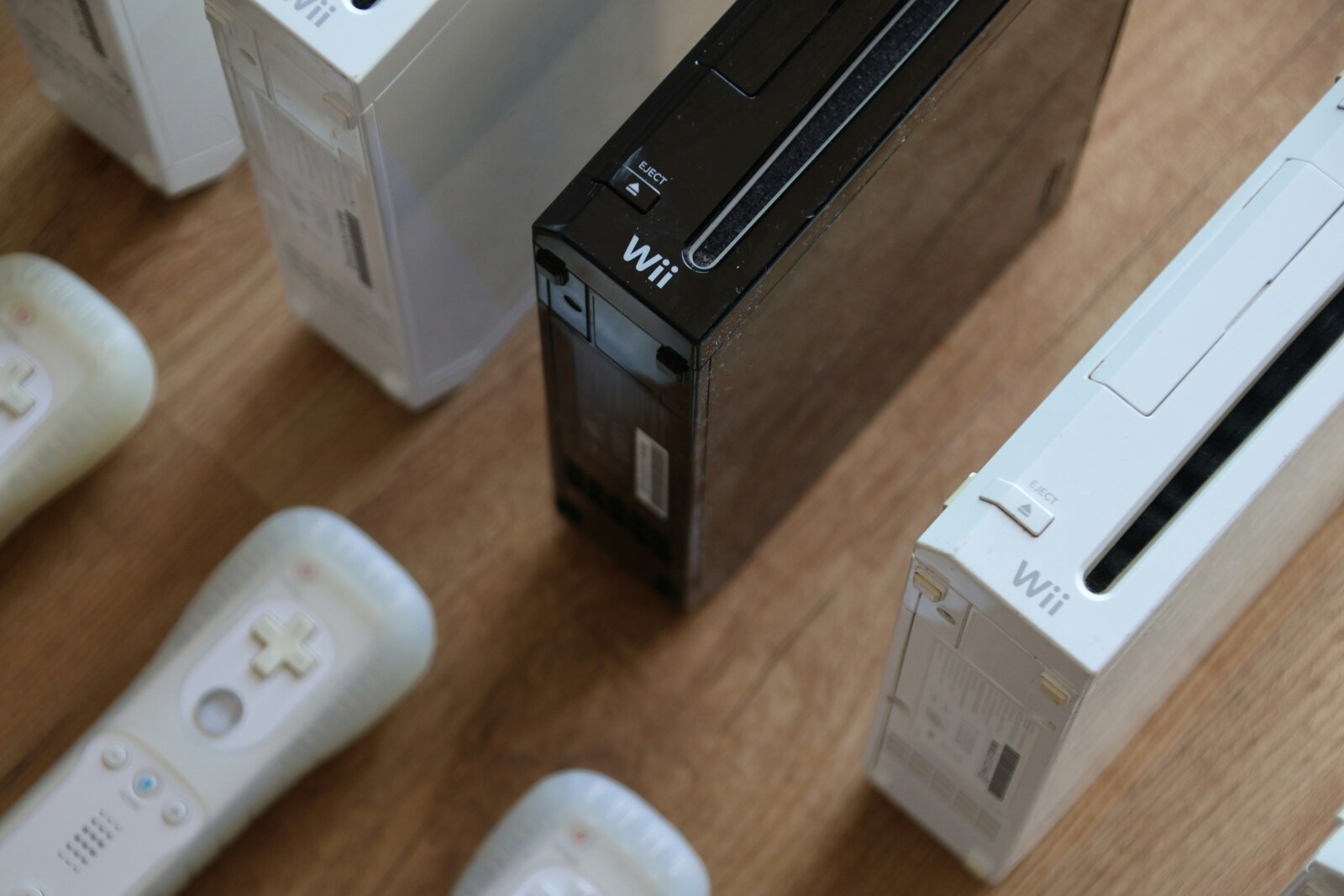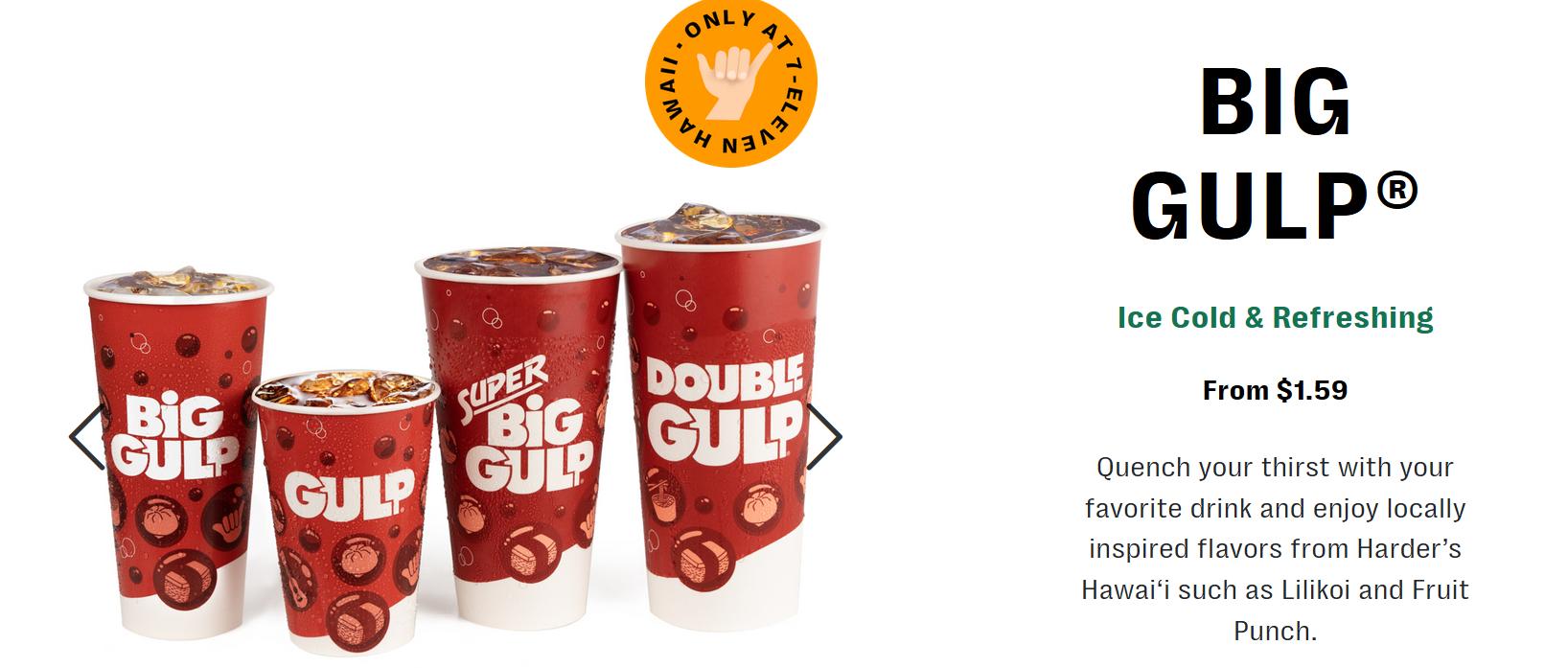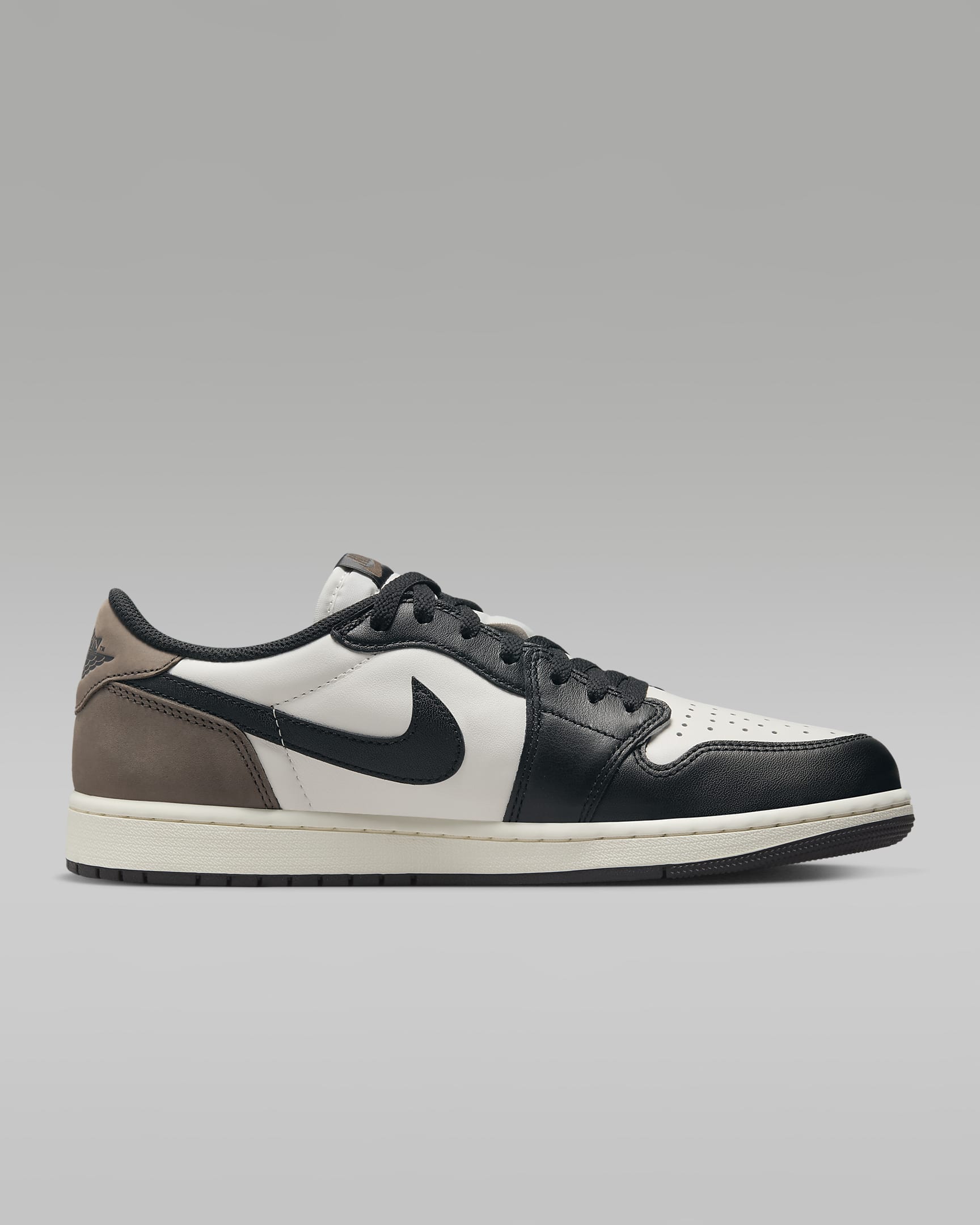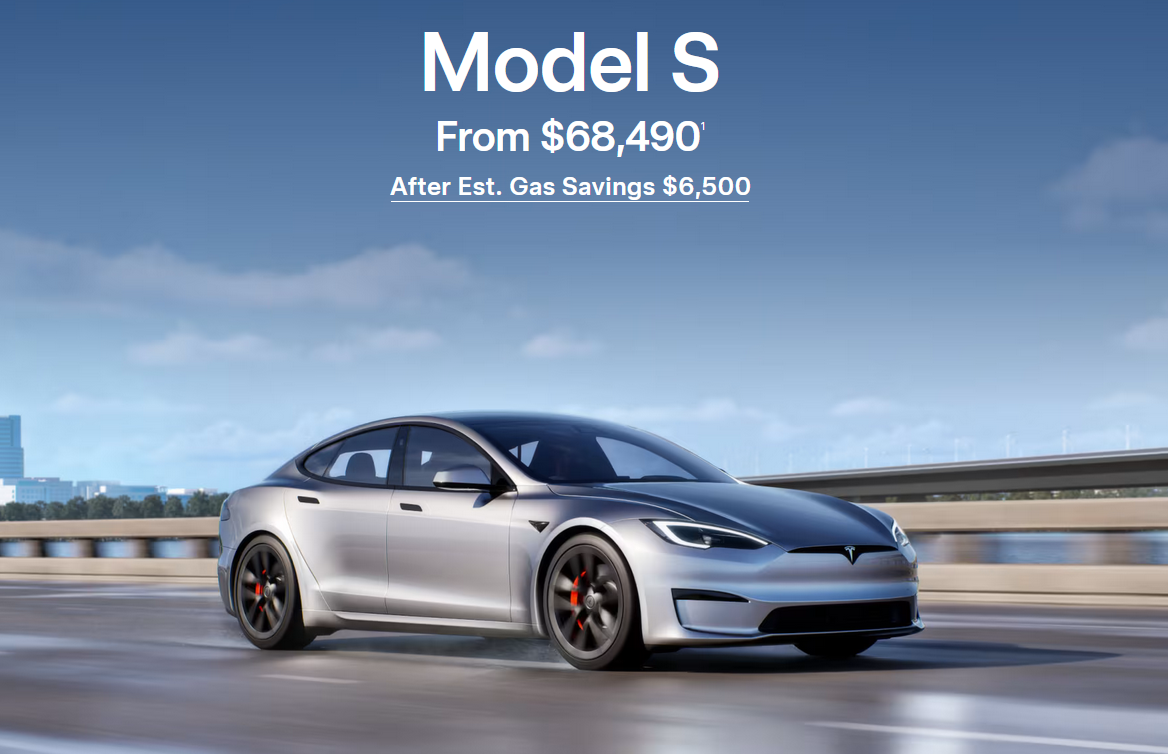Introduction
Picture this: You're at the grocery store looking to buy chicken eggs when presented with two identical products from different brands. One is named 'organic chicken eggs' while the other—despite being organic—is only labeled as 'chicken eggs.'
You will likely choose organic chicken eggs if price is not an issue. The product name gives off a healthier impression.
What does this say about product names? Names can elevate your products or services.
When it comes to consumer psychology, perception is everything. Positive associations influence buying behavior and shape brand identity when weaved into product names!
What is Product Naming?
Product naming is the process of choosing compelling names that describe your products. If the name is catchy, people will likely check your products out.
The process is more complex than spouting random words, though. It entails thorough research, brainstorming, connecting emotions to the name, and integrating your brand.
Learn more about product naming, practical strategies, and industry examples to inspire you.
Why Does Product Naming Matter?
What benefits can the product naming process bring you?
Like brand names, a product name helps create a positive first impression and attract your target market. Say you are about to launch flavored soda products targeting teenagers. Your products are less likely to convince them to buy if you add "tonic" in the product name instead of "pop" or "fizzy cola." You get it!
A product name will help you stand out, too. Customers are more likely to discuss products with friends and family when they are memorable. Finally, product names can empower your brand strategy.
Types of Product Names
Product names come in several types, and your choice can influence the success of your products and services. For starters, consider how the product name fits with the overall brand. Think of the perception you want your customers to have and the challenges you wish to overcome.
Below are the following types of product names to consider.
Descriptive
A descriptive product name expresses what the product is and its function. An example of this is cosmetic brand MAC's M.A.CXIMAL Sleek Satin Lipstick. From this, one can infer that their lipstick products will give the lips a satin yet smooth finish without feeling too heavy.

MAC adds descriptive words to their product names. Image via MAC
Evocative
An evocative product name aims to elicit a feeling or an emotional response when encountered by customers. It often sounds poetic or weaves metaphors.
If you're running a beauty spa business, stick to product names like Serenity Full Body Massage or Celestial Harmony Hydrating Facial. You understand that these names evoke calmness, relaxation, and rejuvenation!
Invented
Do you want to challenge yourself with a more original product name? Then, you can give invented product names a go.
This product name type refers to creating unique words that are not in the dictionary. It is often abstract and is primarily for branding purposes.
Among the most iconic products in the market is the Wii, fondly known as the "Nintendo Wii." The brand explains that the two letters 'i' in the product name look like people standing side-by-side. When pronounced, the name's sound also resembles the word "we."

Use invented words to create a unique product name. Image via Unsplash
Acronymic
Sometimes, product names can be too long, so using acronyms is often the best option. They simplify complex concepts and products and make them easy to remember.
Think of Taser, an acronym for Tom A. Swift Electric Rifle. Another excellent product name is LASIK, a corrective eye procedure for laser-assisted in situ keratomileusis. It simplifies an otherwise scientific name.
Compound
Compound product names combine two words or more to create clarity when describing a product. For example, 7-Eleven's fizzy drink is called Big Gulp, suggesting it will be served in a large cup.

Combine two words for a more descriptive and flexible product name. Image via 7-Eleven Hawaii
9 Tips for Naming a New Product
Now that you know the basics of the product naming process, it's time to learn some tried-and-tested strategies.
1. Start with Market Research
Knowing what your market wants and expects can be vital in product naming. It gives you insight into how they perceive your brand and products, allowing you to narrow down the emotions that you may want to evoke when choosing a product name.
Market research also identifies gaps you may want to fill with a unique and memorable product name. Finally, conducting market research can lead to a higher success rate as it lessens the likelihood of taking unnecessary risks.
2. Keep It Short and Simple
Consumers must be more focused as they are bombarded with thousands of products and branded content daily. Thus, they can only retain limited information.
That said, choose short and straightforward product names. This will increase recall, which is vital in a crowded market. A product name clearly defining its functions and benefits prevents misinterpretation or miscommunication.
3. Make It Unique and Distinct
A unique and distinct product name can give you a competitive advantage. As it's easier for your customers to associate with your brand, you can use them to foster long-term, meaningful relationships.
So, feel free to experiment with different product names to find the right fit. Create invented or compound words. Add words associated with specific emotions you want your consumers to feel. You can even add a prefix, like Apple products iPhone and iMac.
4. Make It Easy to Pronounce and Remember
Don't you love reading words that roll off the tongue? Words like aura, umbrella, and hullabaloo sound great with their playful syllables. They are also easy to remember.
Applying this concept to product names can have the same effect! Think Coca-Cola Vanilla, PayPal, and Tootsie Roll. They are easy to pronounce, unique to the brand, and memorable products.
5. Use Positive Connotations
Influence your customer's minds by adding words with positive connotations to your product names. Fast-food chain Jollibee named its famous fried chicken product Chickenjoy, suggesting happiness in every bite!
6. Consider Cultural Differences
Cultural differences can affect how product names impact customers. Some words mean differently in other languages, and others may not be able to pronounce the product names.
Hence, products are localized to address such issues. For instance, product names can be translated into local languages, making them easy to understand and relevant to your audience. In China, Coca-Cola is labeled as Kekou Kele in pinyin.
7. Test the Name With Your Target Audience
There are several ways you can conduct a test on your product name.
You can survey how your target audience feels about the product names and take a quiz to see how memorable they are. Include open-ended questions to get their feedback. You can also conduct an A/B test by presenting the same product with two different names to your audience segments.
8. Check Domain and Social Media Availability
You want to refrain from banking on a product name that already exists. That said, ensure it doesn't exist online—on websites and social media—as this affects your online visibility. Imagine having multiple pages and websites similar to yours.
Use domain checker tools like GoDaddy to see if your product name is available. If it's not, you can try to purchase it from the domain owner. If that doesn't work, take it as a cue to brainstorm other keywords relevant to your product and audience.
9. Register for a Trademark
Trademarking a product name protects you from competitors. It ensures exclusivity, preventing anyone from copying or misusing it. Registering a trademark also preserves your future interests should you plan to sell. And finally, it connotes professionalism.
Fortunately, working with a reputable brand design company can increase your chances of finding the proper names for your products.
Examples of Successful Product Names
Nike Air Jordan
A few decades after their release, Nike Air Jordans are still among its highest-selling product lines. But how did they become so popular?
Nike made the right decision to bank on then-up-and-coming basketball superstar Michael Jordan. As his value rose on the basketball court, so did the Air Jordan shoes.
Owners of Air Jordans take pride in their products, and some even auction them for thousands of dollars. Game-worn shoes by Michael Jordan himself are also up for grabs for a cool $2.2 million.
Such a positive association with the product name has made it a household name. Decades after Michael Jordan's retirement, Nike releases new designs each year, and they still sell like hotcakes.

Add an iconic name to your product name for a stronger audience recall. Image via Nike
Tesla Model S
Most automobile brands choose product names associated with the car's look, where it's made, and its features. For instance, Porsche named one of its car models after a hot chili pepper, giving us the Porsche Cayenne.
So, what's behind the Tesla Model S?

Sometimes, simple is best when naming your products. Image via Tesla
The Model S was Tesla's debut in the all-electric car market in 2012. Musk chose to compound a word and a letter, with 'S' abbreviating for 'sedan.'
Some also theorize that it's the first letter of the word 'sexy,' which makes sense as Tesla already released Models S, X, and Y—a rather playful take that reflects the brand's lighter side. This also shows that naming products doesn't have to be too deep. Sometimes, practicality and simplicity are best.
The Model S is considered one of the longest-running electric sedan product lines, with new products released yearly or two.
Google has countless memorable products, like Gmail, Google Drive, Google Maps, and Chrome. They have become a part of our daily conversations. Some would automatically refer to browsers as Chrome or online maps as Google Maps.
So, how does Google pick out product names?
The brand is vast in market research. It analyzes users' search behaviors—keywords, products they're looking for, etc. —to find the best name. Google also enjoys using descriptive product names, which inform users of their primary functions.
Finally, the brand often uses Google as a prefix to its product names. This establishes consistency and reinforces brand identity.
Product Naming Process and Branding
Product names are more than just labels. They inform people of what products do and what to expect. They can also be used as a branding element to pique interest and boost recall.
While creating a product name may sound easy, many must recognize its importance in building value. With thousands of branded products to compete with, you must step up your game to stand a chance.
Oct 3, 2024
